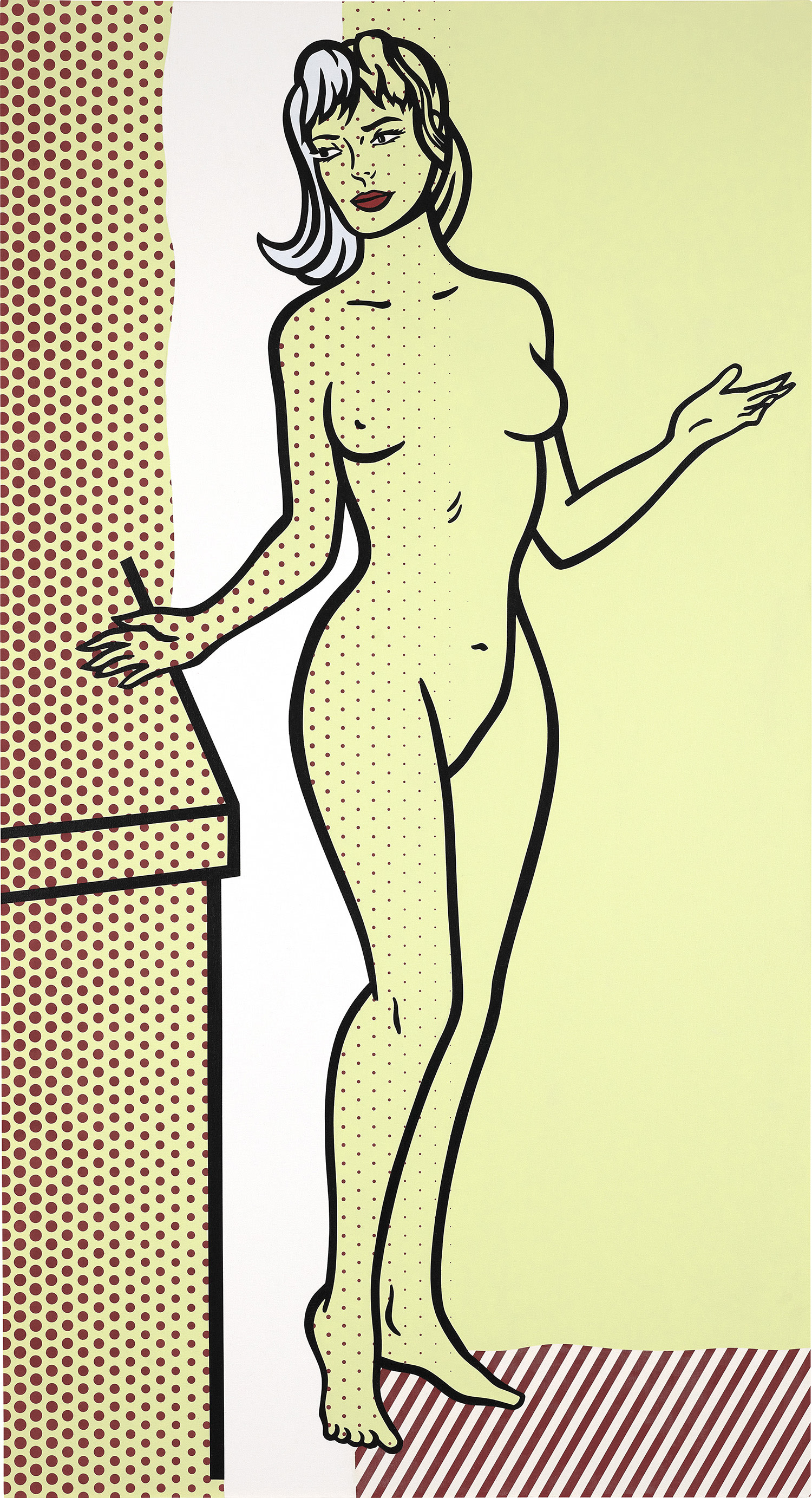





Property from an Esteemed Private Collection
19Ο◆
Roy Lichtenstein
Nude
oil and Magna on canvas
82 1/2 x 45 in. (209.6 x 114.3 cm)
Painted in 1997, this work will be included in the forthcoming catalogue raisonné being prepared by the Roy Lichtenstein Foundation.